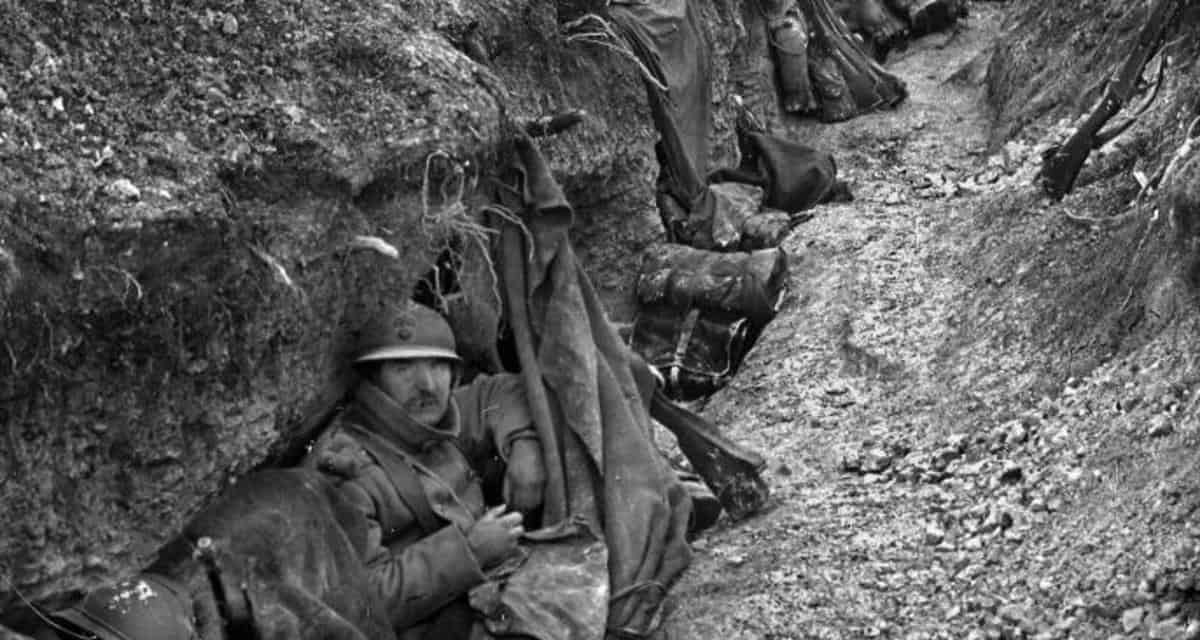Lasting just three days less than ten months, the Battle of Verdun was a ghastly bloodletting between the German Army and the French Army in 1916. Over 300,000 men on both sides died, an average of 3,000 killed per month. For the French, the battle was a victory, because they defeated the German attacks to reduce the salient in the front lines which was anchored by the fortresses ringing Verdun, which the French had decided to abandon and destroy before the Germans attacked it. It was one of the costliest battles of human history, as well as one of the longest.

Verdun was an ancient fortress in French history. Attila had failed to capture it in the fifth century. In the 1600s a defensive citadel was erected in the center of the city, and in the 19th century, additional fortifications were built around the town. They continued to reinforce the defensive emplacements in the early years of the 20th century. When early battles in World War I revealed fortifications unsuccessful in resisting German attacks, the French decided to remove the heavy guns emplaced at Verdun and destroy the forts, denying them to the Germans. They were in the process of doing so when the Germans attacked. The French decided to stand firm because it was important symbolically.

1. Verdun was a series of forts and battery emplacements which defended each other
The forts which made up the Fortified Region of Verdun (Region Fortifee de Verdun, or RFV) had been built over the years, many of them modernized prior to World War One. During the first year of the war, before it shifted to trench warfare along the Western Front, the French recognized their enemy’s heavy guns, some as large as those found on battleships, were effective in reducing fortified positions. The French withdrew many of their own heavy guns and field artillery from the Verdun forts. The 18 forts and batteries were stripped until only about 300 guns and minimal ammunition remained by the end of 1915.
Several of the forts were manned with maintenance crews, and Forts Vaux and Douaumont had explosive charges emplaced to destroy them if the Germans attempted to advance. The supporting forts and emplacements were on the hilly ground which surrounded Verdun Sur Meuse, both east and west of the Meuse River. Besides the forts and reinforced batteries, there was a surrounding maze of machine gun emplacements. Earlier fighting had all but isolated the RFV, with only one light railway in place to provide ammunition and supplies to the garrison, which maintained sufficient supplies for six months. The lack of railway transport had delayed the removal of the remaining guns within the RFV.

